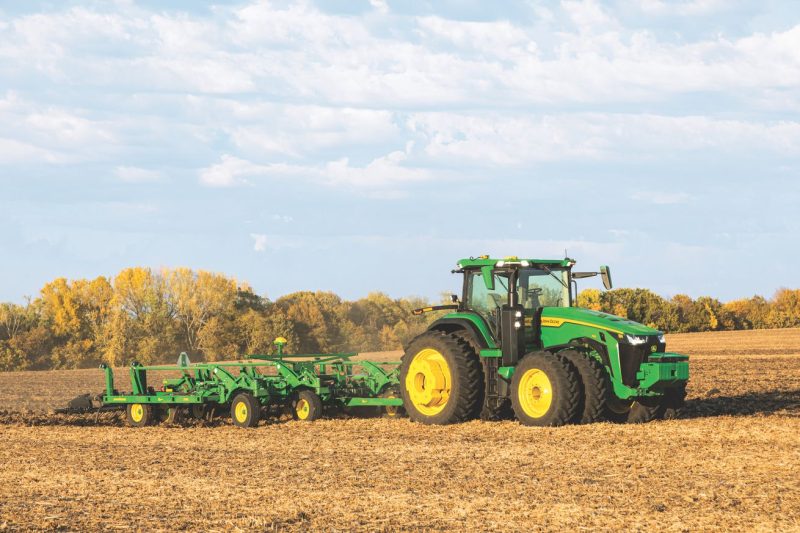Solar Storms: A Threat to Modern Agriculture’s GPS Systems
In recent years, the agriculture industry has become increasingly reliant on technology to optimize crop production and efficiency. One such technology that has revolutionized farming practices is the Global Positioning System (GPS). GPS allows farmers to precisely navigate their fields, monitor crop health, and apply inputs with accuracy. However, a new threat has emerged that is disrupting GPS systems during crucial planting times – solar storms.
Solar storms are eruptions of magnetic energy from the sun that can affect the Earth’s magnetic field. These storms can lead to disruptions in GPS signals, causing inaccuracies and inconsistencies in positioning data. For farmers who rely on GPS technology for precise planting and harvesting schedules, these disruptions can have significant consequences.
During critical planting times, such as the spring season, farmers need accurate GPS data to ensure that seeds are planted at the right depth and spacing. Any disruption in GPS signals can lead to crooked rows, uneven plant spacing, and reduced crop yields. In some cases, farmers may have to replant entire fields if the GPS inaccuracies are severe enough.
The impact of solar storms on farmer GPS systems highlights the vulnerability of modern agriculture to external factors beyond human control. While advancements in technology have greatly improved farming practices, they have also made the industry more susceptible to disruptions from natural phenomena like solar storms.
In response to this threat, farmers are exploring alternative methods of navigation and data collection to mitigate the impact of solar storms on GPS systems. Some are turning to traditional methods of land surveying, such as using markers and visual cues, to ensure accurate field measurements. Others are investing in backup navigation systems that can supplement GPS data in case of disruptions.
It is clear that the agriculture industry must adapt to the challenges posed by solar storms to ensure the continued success and sustainability of modern farming practices. By diversifying their navigation and data collection methods, farmers can better protect their crops from the disruptions caused by solar storms and ensure a more reliable food supply for the future.
